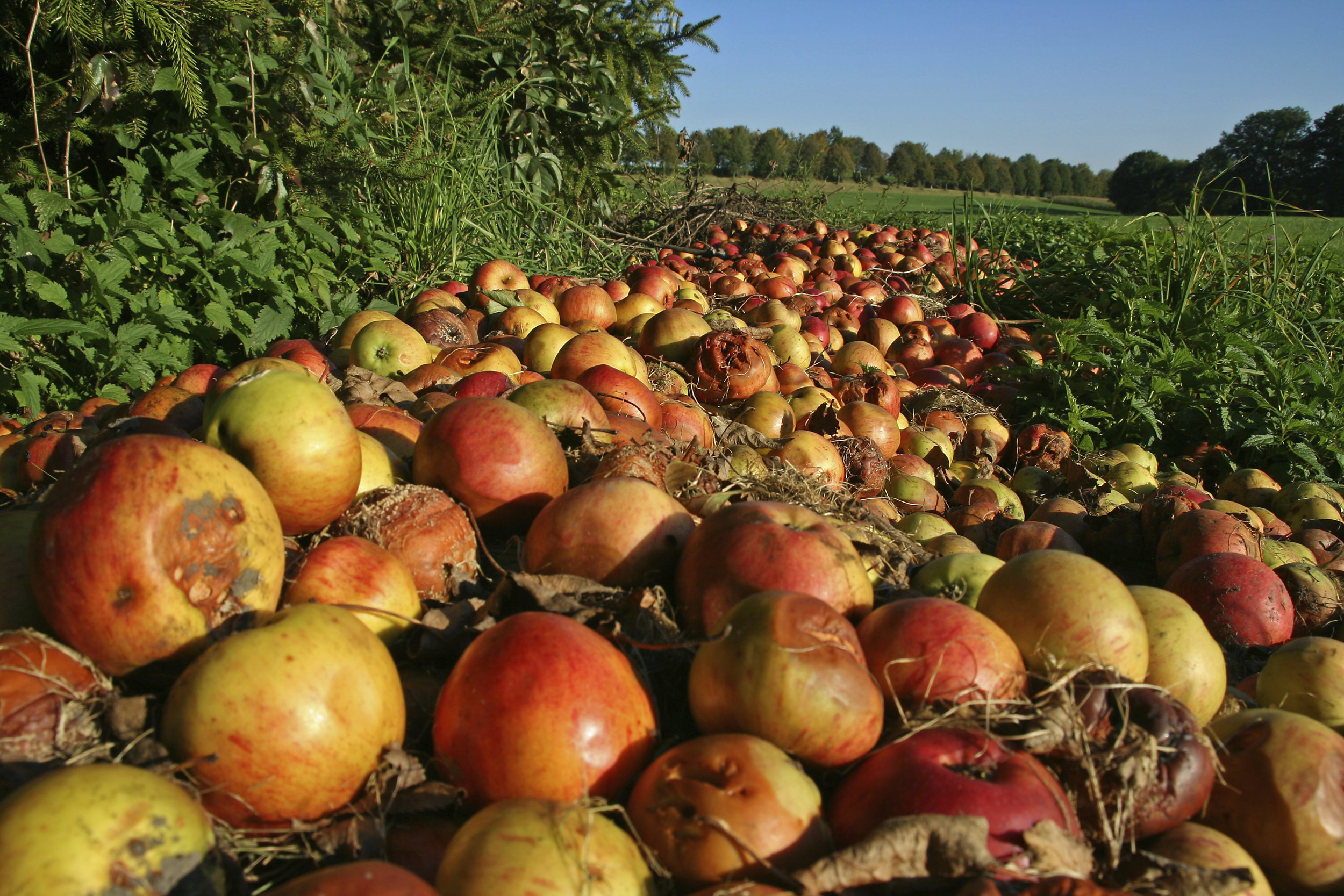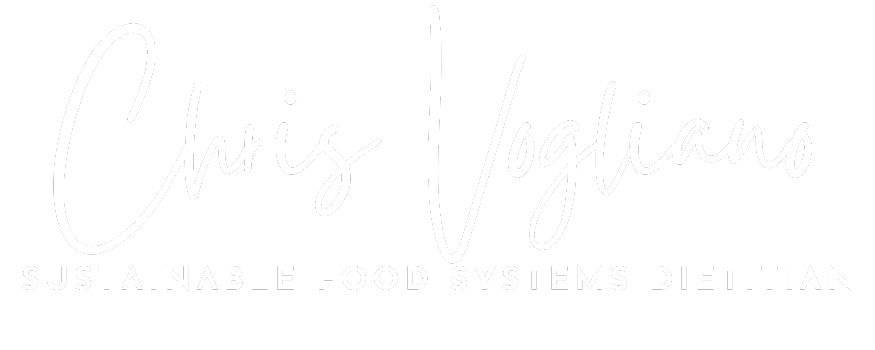
Food Waste Resources
JOURNAL ARTICLES
- Bruening M, et al. Academy of Nutrition and Dietetics: Standards of practice and standards of professional performance for registered dietitian nutritionists (competent, proficient, and expert) in public health and nutrition. J Acad Nutr Diet, 2015;115(10):1699-1709.
- Cuéllar A, Webber M. Wasted food, wasted energy: The embedded energy in food waste in the United States. Environmental Science & Technology. 2010;44(16):6464-6469.
- Hall K, Guo J, Dore, Chow C. The progressive increase of food waste in America and its environmental impact. PloS ONE, 2009;4(11): e7940.
- Parfitt J, Barthel M, Macnaughton S. Food waste within food supply chains: Quantification and potential for change to 2050. Philosophical Transactions of the Royal Society of London B, 2010;365:3065-3081.
- Tagtow A, Nguyen J, Johnson-Bailey D, Schap T. Food waste reduction efforts at the USDA. J Acad Nutr Diet, 2015;115(12):1914-1918.
ORGANIZATIONS
- D.C. Central Kitchen, LA Kitchen, and are nonprofit organizations that focus on recovering food and turning it into meals for low-income community members and provide culinary training programs for youth and adults. http://www.dccentralkitchen.org/ and http://www.lakitchen.org/
- Campus Kitchens is a program for communities to engage student leaders to use donated kitchen space, recover donated food, prepare healthy meals and deliver to low-income families and individuals. The program may also include culinary job training, cooking classes and nutrition education. Information to join the program and resources: http://www.campuskitchens.org/
REPORTS AND WHITE PAPERS
- Buzby J, Wells H, Hyman J. The estimated amount, value, and calories of postharvest food losses at the retail and consumer levels in the United States. USDA-ERS, 2014;Economic Information Bulletin No. (EIB-121)
- Environmental Protection Agency (EPA).
- Municipal Solid Waste in The United States, Facts and Figures for 2012. http://www3.epa.gov/epawaste/nonhaz/municipal/pubs/2012_msw_fs.pdf
- Waste Not, Want Not - Feeding the Hungry and Reducing Waste. http://nepis.epa.gov/Exe/ZyPURL.cgi?Dockey=1000170R.txt
- Gunders D. (2012) Wasted: How America is losing up to 40 percent of its food from farm to fork to landfill. Natural Resources Defense Council.
- Gustavsson, J., et al. "Global food losses and food waste.” Rome: Food and Agriculture Organization of the United Nations (2011).
RESOURCES FOR CONSUMERS
- Bill Emerson Good Samaritan Act. Information communities can use to donate food to charitable organizations and understand their limited liability.
- Food Keeper App The Foodkeeper was developed by USDA, Cornell University and the Food Marketing Institute and helps consumers manage their food storage and food safety. The app also has cooking tips for safe meat, poultry and seafood.
- Find out more at the USDA blog here: http://blogs.usda.gov/2015/04/02/new-usda-foodkeeper-app-your-new-tool-for-smart-food-storage/ and here http://www.foodsafety.gov/keep/foodkeeperapp/
- Natural Resources Defense Council
- Broad Lieb E (2013). The Dating Game: How Confusing Food Date Labels Lead to Food Waste in America. The Harvard Food Law and Policy Clinic and the Natural Resources Defense Council. Learn more about food date labels to control food waste. http://www.nrdc.org/food/files/dating-game-report.pdf
- Gunders D. (2015) The Waste Free Kitchen Handbook. This essential guide—packed with engaging checklists, creative recipes, practical strategies, and educational infographics—offers easy ways to save food and money. http://www.nrdc.org/food/wastefreekitchen/
TOOLKITS
- Academy Foundation Future of Food Initiative. Tossed Treasures. How We All Can Waste Less Food. This toolkit was developed by RDN farmer content experts and made possible through an educational grant from National Dairy Council.
- Available in English and Spanish at www.kidseatright.org/volunteer.
- After signing in and accessing the Welcome to Kids EatRight toolkit page, look under the Future of Food Toolkit subtitle to find the toolkit. Mini-grants are also available for members to receive $200 for delivering the 30-minute presentation to two audiences. More information is available at www.eatrightfoundation.org/foundation/kergrants.
- Environmental Protection Agency. Food Recovery Challenge
- Food Waste Reduction Alliance (FWRA). Best Practices and Emerging Solutions Toolkit.
WEBSITES
Great resource list of Food Waste reduction resources! https://www.dietspotlight.com/reducing-food-waste/
- Environmental Protection Agency (EPA). Sustainable Management of Food. There are many resources including the Food Recovery Hierarchy graphic included in the webinar slides.
- EPA and USDA. Food Waste Challenge. Resources to reduce U.S. food waste by 50% by 2030.
- Food and Agriculture Organization (FAO). Global Initiative on Food Loss and Waste Reduction
- Natural Resources Defense Council
- Save Food Initiative, a partnership between UNEP, FAO and Messe Dusseldorf, launched the Think.Eat.Save campaign.
- SIWI Stockholm International Water Institute is a policy institute fostering water wise policies and sustainable development, including discussion of the water-food-energy nexus. See Taste the Waste of Water video.
- USDA Center for Nutrition Policy and Promotion
- USDA ChooseMyPlate.gov has a site dedicated to reducing food by providing waste with information and links to more.
- World Resources Institute. See their Food Loss & Waste Protocol.
